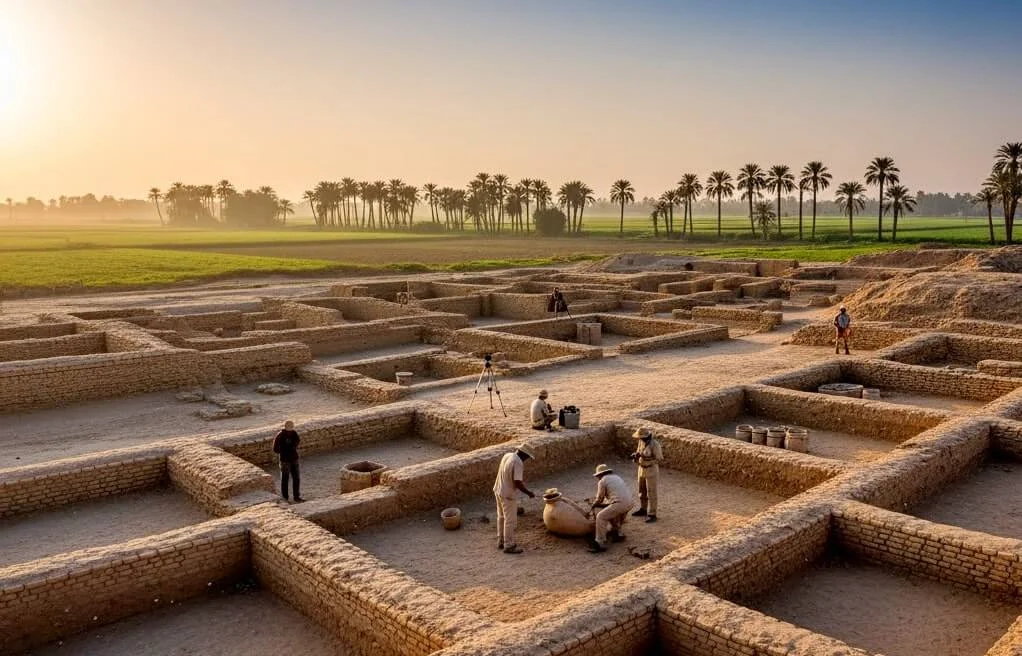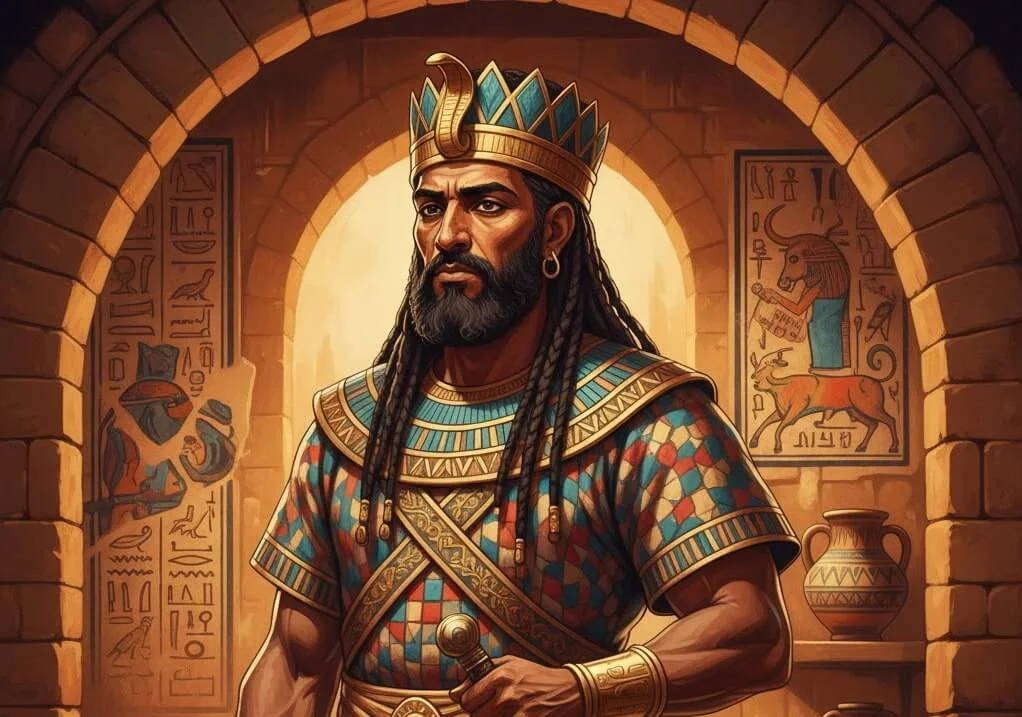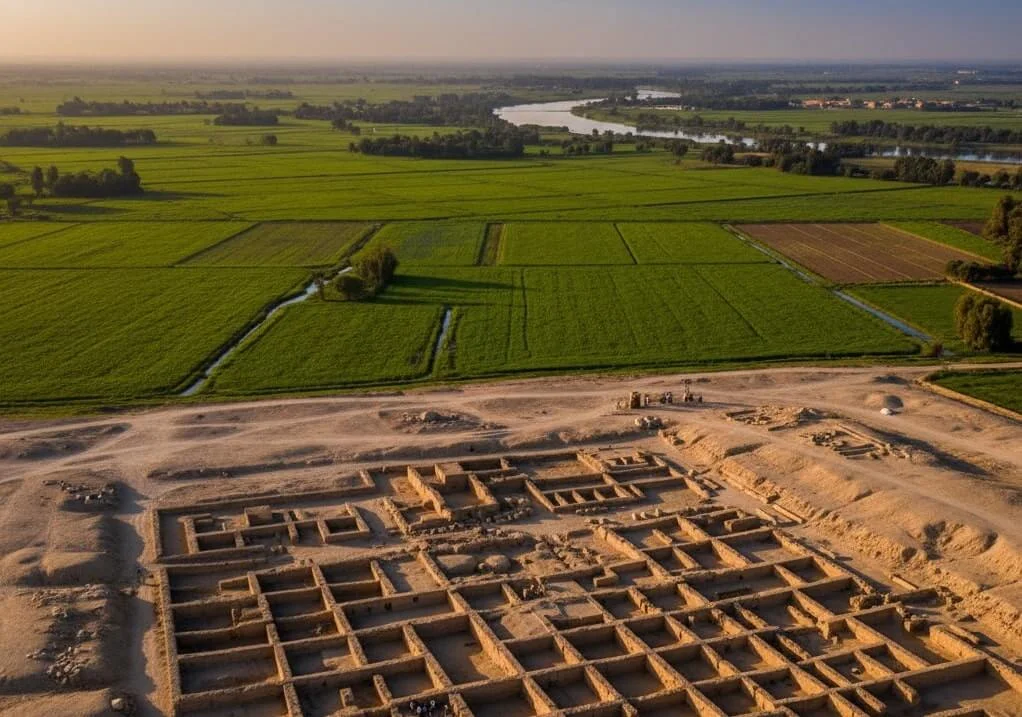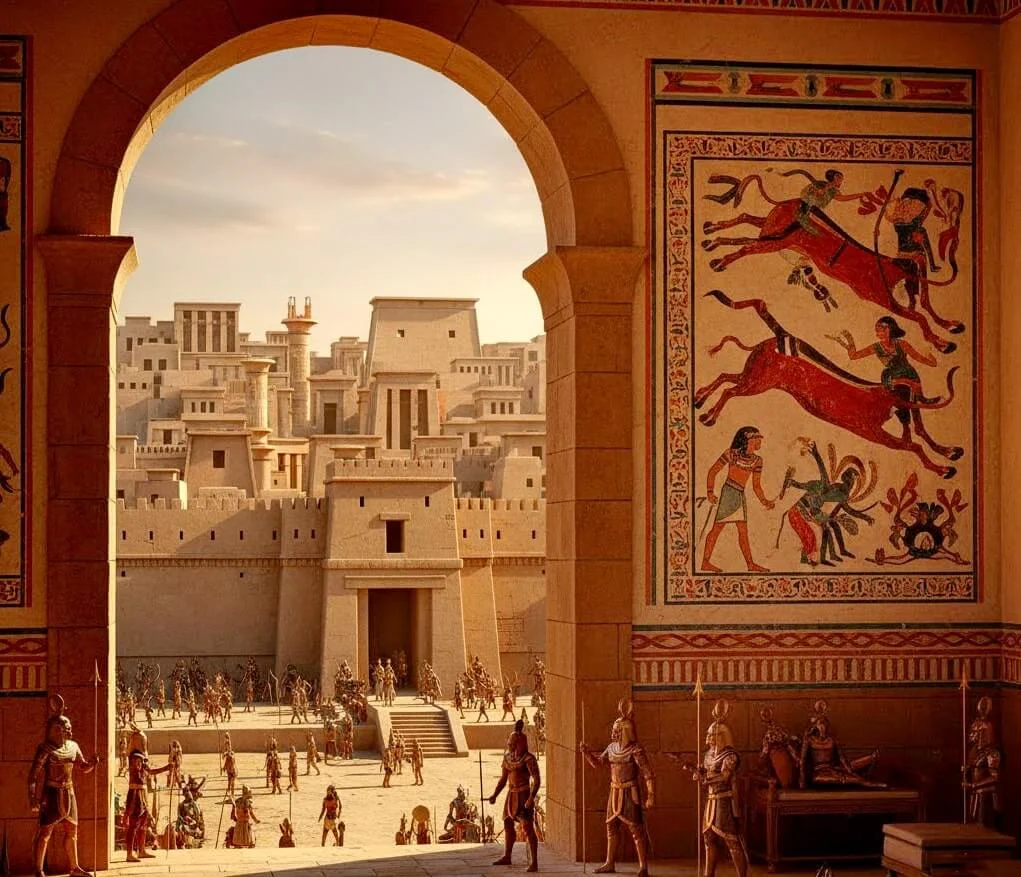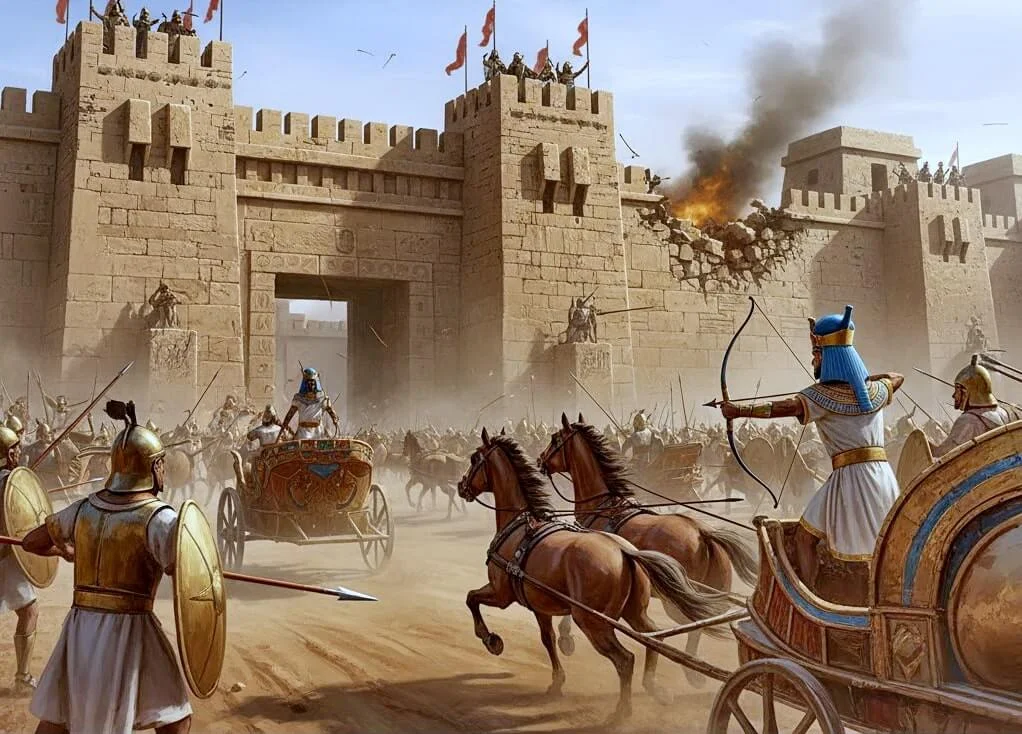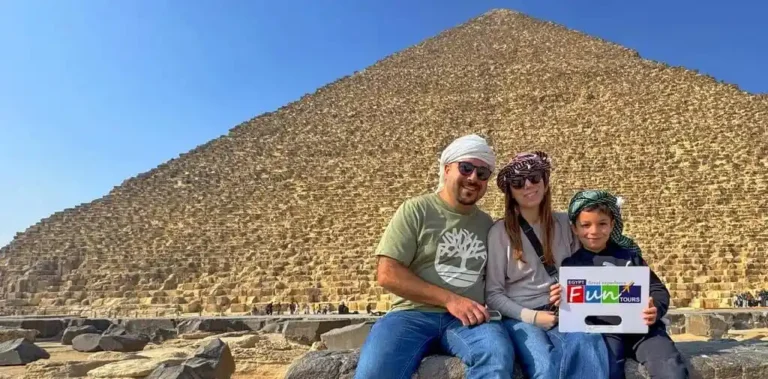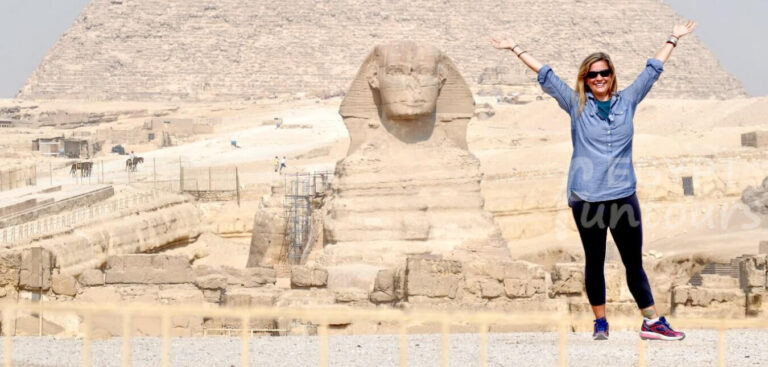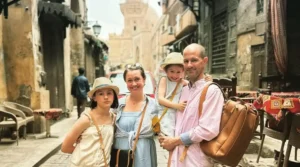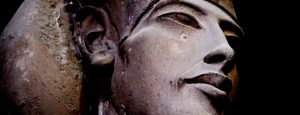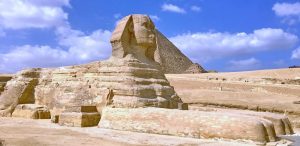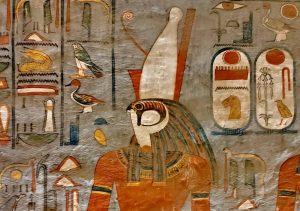True Avaris Hyksos Capital
Imagine a city lost beneath the Egyptian sand. This is the story of Avaris Hyksos capital. It was not built by native Pharaohs. Instead, Avaris became the center of power for a mysterious foreign group: the Hyksos. These “Rulers of Foreign Lands” controlled Lower Egypt for over a century. Avaris, now known as the archaeological site of Tell el-Dab’a, stood as a vibrant, international hub. It was a massive, cosmopolitan port. It sat perfectly on the eastern edge of the Nile Delta. This location was key. It provided access to both the Mediterranean Sea and the lucrative trade routes into the Levant. This forgotten city is a vital piece of Egyptian history. It also holds potential clues about the Biblical story of the early Hebrews. We explore this remarkable site, the true Hyksos capital that defied traditional Egyptian rule.

